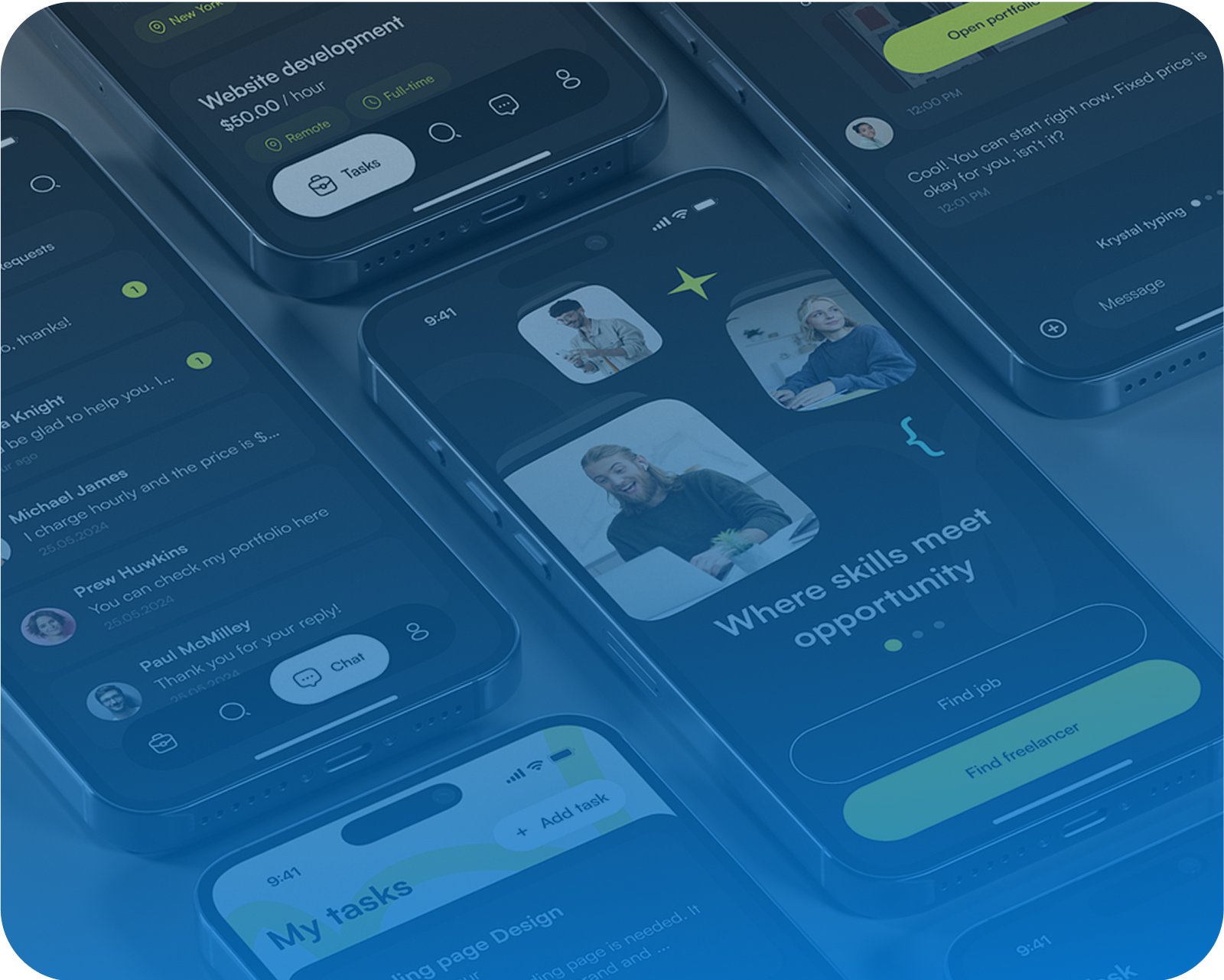The Future of Web Development: Trends to Watch in 2024

The web is always evolving and in 2024, it’s moving faster than ever. What felt cutting-edge a year ago might already feel outdated today. Whether you’re a developer, designer, startup founder, or digital entrepreneur, keeping up with the latest web development trends isn’t just helpful it’s essential.
So, what’s shaping the future of the web this year? Let’s break down the key trends to watch in 2024.
1. AI-Powered Development Is Going Mainstream
AI tools like GitHub Copilot, ChatGPT, and AI design assistants are no longer just “nice to have” — they’re becoming daily productivity boosters. From generating code snippets to debugging and even suggesting entire UI layouts, AI is helping developers work faster and smarter.
Expect to see more AI-integrated IDEs, smarter testing tools, and AI-assisted user personalization built right into websites.
2. Web3 and Decentralized Apps Are Finding Their Place
After the initial hype, Web3 is settling into more practical use cases. Decentralized applications (dApps), crypto wallets, and blockchain-based identity systems are becoming more developer-friendly and user-focused.
While not every website needs Web3 features, developers should keep an eye on how decentralization and digital ownership evolve.
3. JAMstack Is Still Growing Strong
Performance, security, and scalability continue to push JAMstack forward. Static site generators, headless CMSs, and frontend frameworks like Next.js and Astro are gaining traction for delivering lightning-fast web experiences.
In 2024, expect more businesses to adopt this stack for content-heavy websites, blogs, SaaS platforms, and e-commerce.
4. Motion UI and Micro-Interactions Take Center Stage
Users love smooth, interactive experiences. Micro-interactions like subtle button animations, hover effects, or progress indicators — can make a huge impact on user satisfaction.
Tools like Framer Motion, GSAP, and Lottie are being used more frequently to bring websites to life with lightweight, responsive animations.
5. Accessibility Becomes Non-Negotiable
Accessibility isn’t just a buzzword anymore. With tighter regulations and a growing awareness of inclusive design, developers are putting more focus on making websites usable for everyone — regardless of ability.
Expect to see more built-in accessibility checks in development workflows and greater use of semantic HTML, ARIA roles, and contrast testing.
6. Serverless and Edge Computing Are Reshaping Architecture
Speed matters and so does scale. Serverless platforms and edge functions (like those from Vercel, Cloudflare, or Netlify) allow developers to run backend code closer to the user.
This means faster performance, less latency, and reduced reliance on traditional servers. In 2024, more teams will adopt edge-first architecture.
7. Sustainability and Green Web Development
With climate awareness on the rise, developers are starting to consider the environmental impact of the web. Lighter code, optimized images, efficient hosting, and reducing unnecessary scripts are becoming part of the conversation.
A faster, cleaner web isn’t just good for users it’s good for the planet too.
8. The Rise of No-Code and Low-Code Tools
Platforms like Webflow, Bubble, and Framer are empowering non-developers to build complex websites and web apps without writing much (or any) code.
While these tools won’t replace developers, they’re changing the way products are prototyped and launched especially for startups and agencies.
Final Thoughts
Web development in 2024 is fast, flexible, and deeply focused on the user. Whether it’s AI helping write code, servers running at the edge, or pixel-perfect animations that delight users, the future of the web is about more than just functionality it’s about experience.
If you’re in the digital space, stay curious, stay updated, and don’t be afraid to experiment. The tools are better than ever and so are the opportunities.

